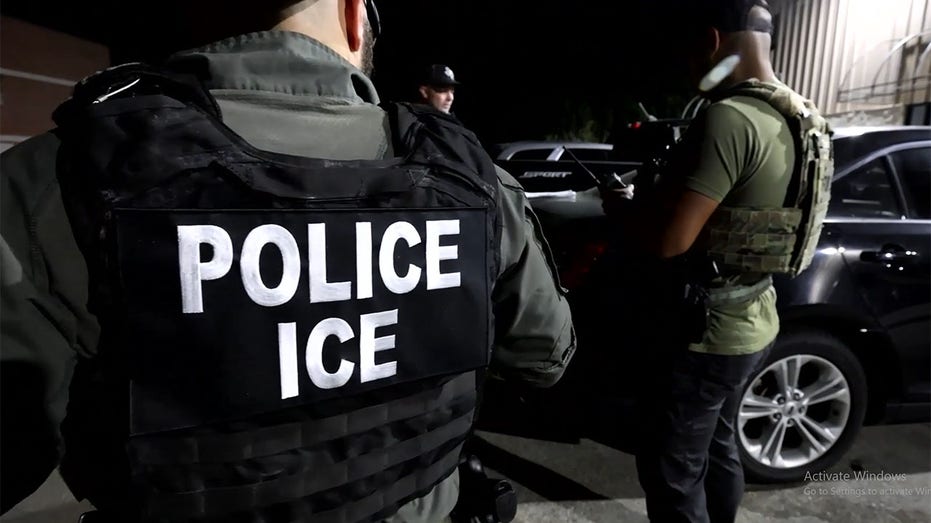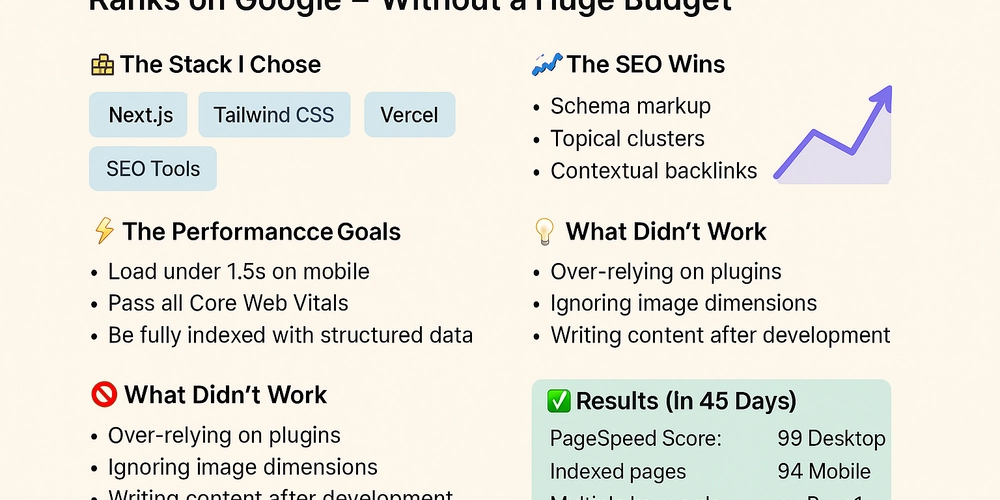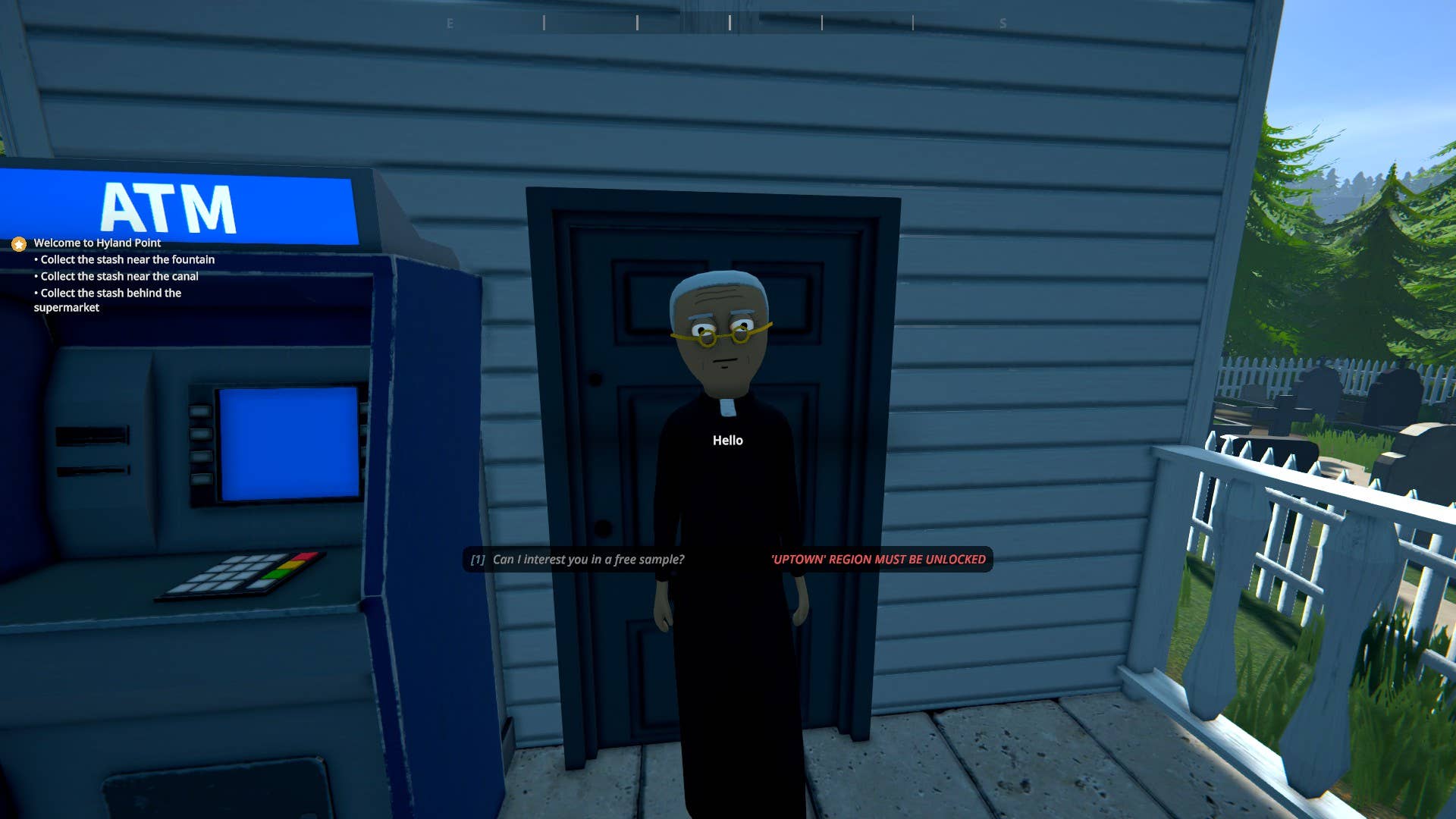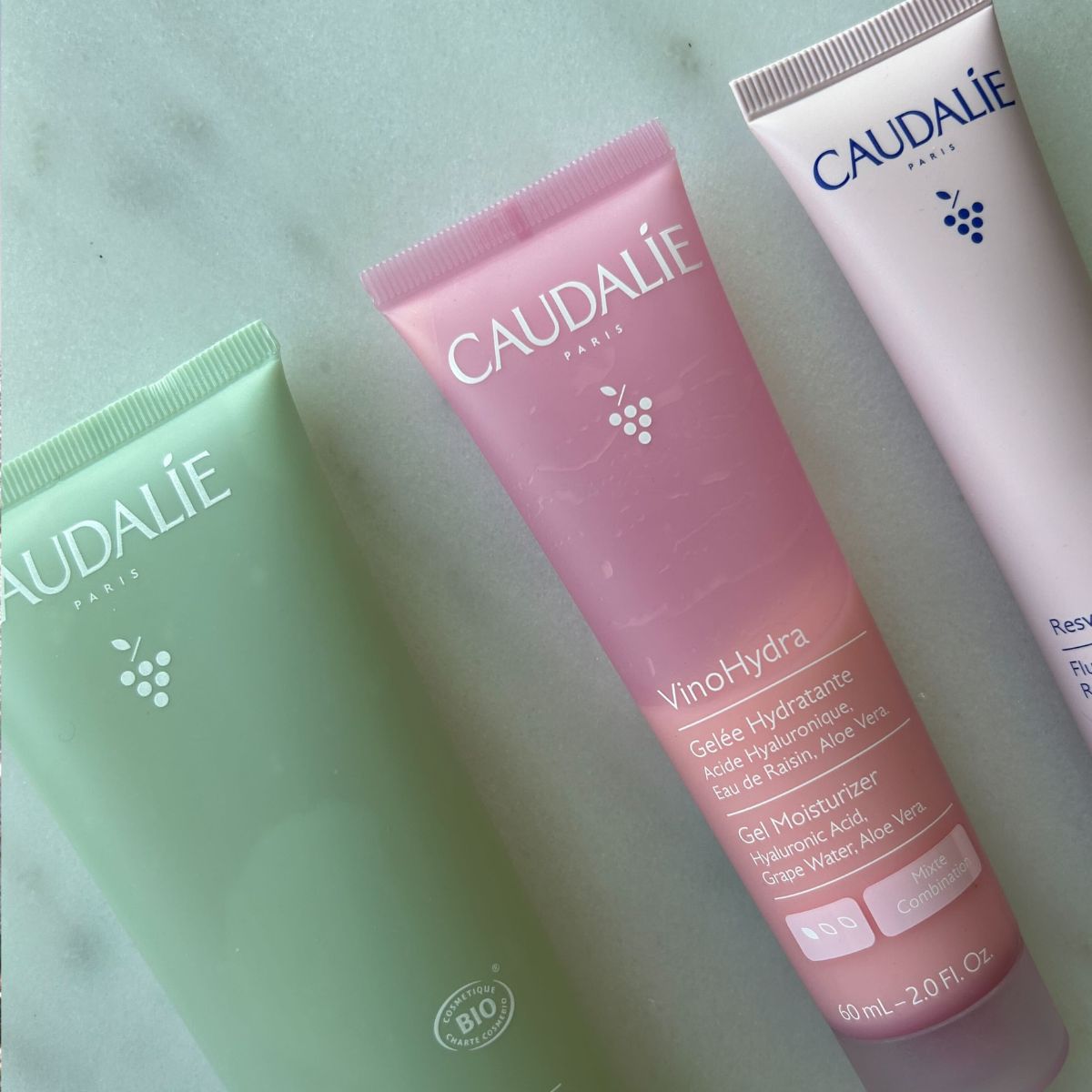EV Battery Breakthrough Massively Speeds Up Charging Even at Cold Temps
A new coating combined with a high-efficiency electrode structure made sub-freezing charging 500% faster in testing. The post EV Battery Breakthrough Massively Speeds Up Charging Even at Cold Temps appeared first on The Drive.

Winter woes for electric vehicles may be a thing of the past. A new manufacturing process developed by the University of Michigan has led to faster charging times and longer ranges, despite sub-freezing temperatures.
When winter comes around, things tend to get low and slow—temperatures, traffic, getting out of bed. Cold weather is a particular enemy of EVs. Batteries take longer to charge and also must work harder to maintain EV performance, which then throttles range. This triple whammy isn’t an EV selling point, particularly in places where seasons happen. But university engineers may have solved this EV battery problem: Give it a parka.
“Charging an EV battery takes 30 to 40 minutes even for aggressive fast charging, and that time increases to over an hour in the winter,” said Neil Dasgupta, UM associate professor of mechanical engineering and materials science and engineering, and co-author of the study. “This is the pain point we want to address.”
A specialized coating around the outer layer of the battery can prevent lithium plating from occurring, the very thing that reduces battery life, slows charging, and decreases safety. This unwanted crust will form on the anode’s surface when the lithium ions can’t freely or quickly move into the anode material itself. Such instances would be during fast charging (because the battery is overwhelmed), cold temps (because the ions can’t move as fast), or when the battery is at a high rate of charge (because of Li-ion saturation).

The UM engineering team’s solution is a 20-nanometer-thick lithium borate-carbonate application to the battery. Combining this glassy material coating with a restructured higher-efficiency electrode (a laser-patterned architecture the team developed first), and you’ve got a Li-ion battery that charges quickly and maintains its capacity longer.
How fast to fully charge an EV now? About 500% faster than current rates; ergo, less than 10 minutes. So, pretty close to an average fuel stop/bio break/snack splurge. As for battery life, capacity would still be about 97% after 100 fast charges. And all this can be yours even at temperatures as low as 14°F (-10°C).
According to the team, battery makers wouldn’t need to completely revamp their production processes, either. “We envision this approach as something that EV battery manufacturers could adopt without major changes to existing factories,” said Dasgupta. “For the first time, we’ve shown a pathway to simultaneously achieve extreme fast charging at low temperatures, without sacrificing the energy density of the lithium-ion battery.”
EV charging times and ranges have improved considerably since the Nissan Leaf arrived in 2011, the first mass-market EV from a major automaker. However, the modern EV era continues to struggle with anxiety on multiple levels, including EV range, charging times, infrastructure, and battery replacement. We’re still milking every bit of range we can, whether through hypermiling, turning off climate control, or a mix of less-than-ideal commuting methods. The UM team appears to be on the right path, though, and without having to reinvent the EV altogether.
Got tips? Send ’em to tips@thedrive.com
The post EV Battery Breakthrough Massively Speeds Up Charging Even at Cold Temps appeared first on The Drive.











































































